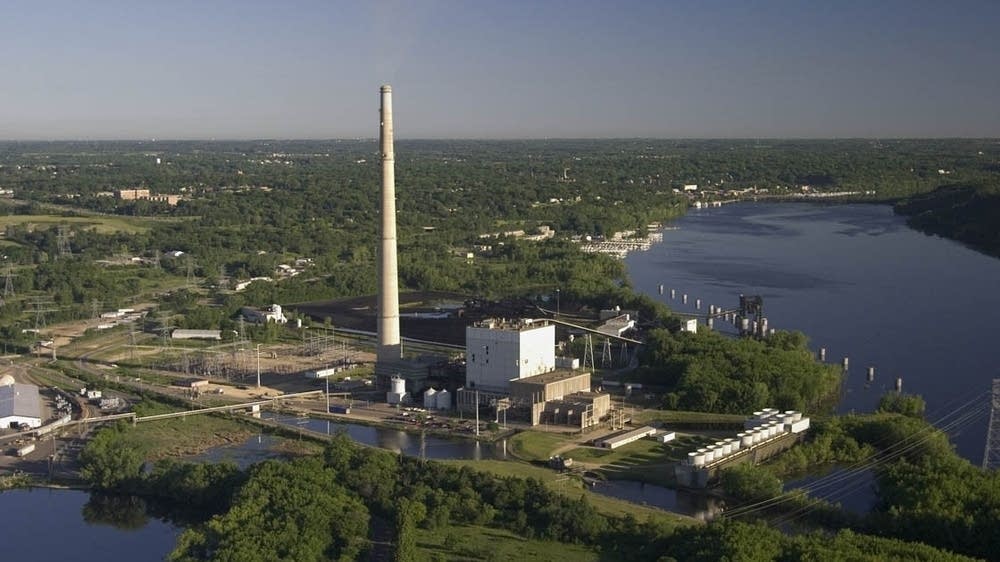Approximately 10 days after the French Nuclear Safety Institute declared that a cloud of radioactive pollution was most probably released by a problem in a Russian or Kazakhstan plant, the Russian government has published a new bulletin. It reveals “extremely high” and “high” concentrations of ruthenium-106 (Ru-106) in the Chelyabinsk region, more precisely in a 100-km zone around Mayak PA, one of the biggest nuclear facilities in the Russian Federation, housing plutonium production reactors and a reprocessing plant.

The report of Roshydromet for September (sorry it’s in Russian!) indicates that the most significant concentrations of ruthenium-106 were found in settlements near the Mayak plant. The official bulletin itself indicates an increase in the concentration of ruthenium in the 100-km zone in the Mayak PA, although officials said there had been no nuclear incident in September 2017.
Monitoring has revealed short-term increased values of volumetric activity. Moreover, fallout was recorded at Ibrahimovo (Argayash) Novorny, Khudaiberdinsk, and Metlino within the 100-km zone around the plant.
Detection of #Ruthenium 106 in France and in Europe in late September : Results of IRSN’s investigations and updated information on the plausibility of the origin of the releasehttps://t.co/C5ztzDniiD pic.twitter.com/1cMDrSxobk
— IRSN France (@IRSNFrance) November 9, 2017
According to the French atomic institute, about 100 to 300 terabecquerel of ruthenium-106 have been released during the accident. For comparison, the TOTAL annual release allowed at the Mayak plant is 10,000 times lower than 300 terabecquerel. From September 25 to October 6 a vast anticyclone centered around the White Sea, actively transferred air masses and pollutants from Southern Urals to Europe.
The radiation accident was thus extreme… And I wouldn’t eat anything coming from the region for a while.












